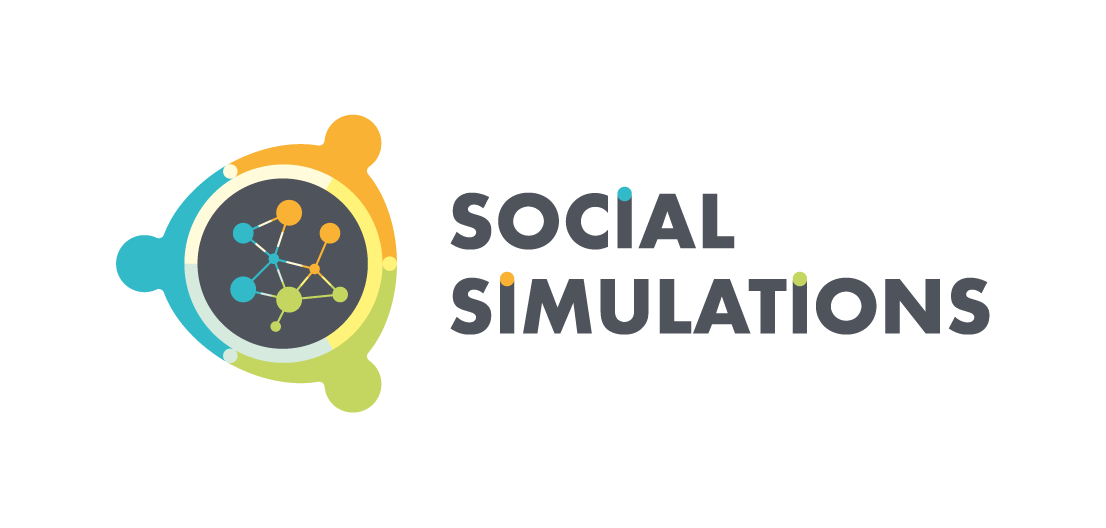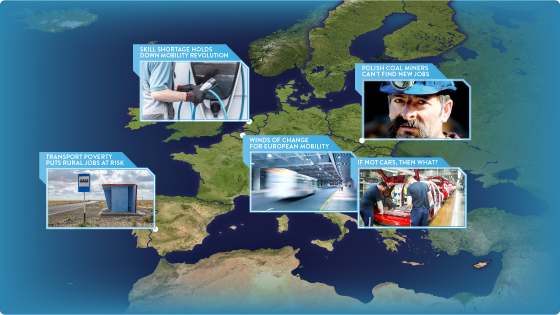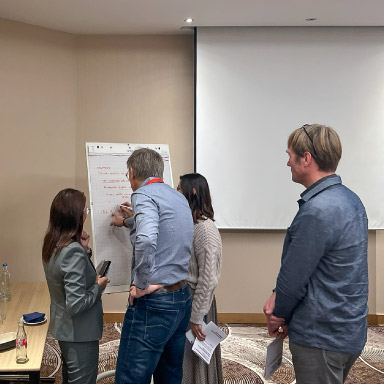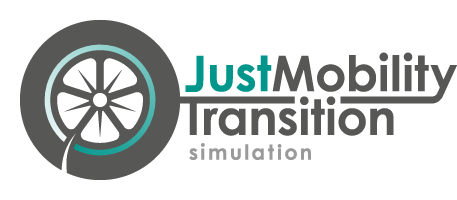
The complexities of decarbonization and decoupling transitions in the European Union may lead to many potential negative side effects to the labour markets. To mitigate them, we need a better grasp of the underlying trends – and a novel approach to policy responses.
This is where social simulations methodology can come in. We offer vivid, participatory exploration of complex issues – to facilitate a deeper understanding of the ambitious and necessary sustainability transition.
Join an interactive workshop and explore labour market challenges ahead of sustainable mobility in Europe!
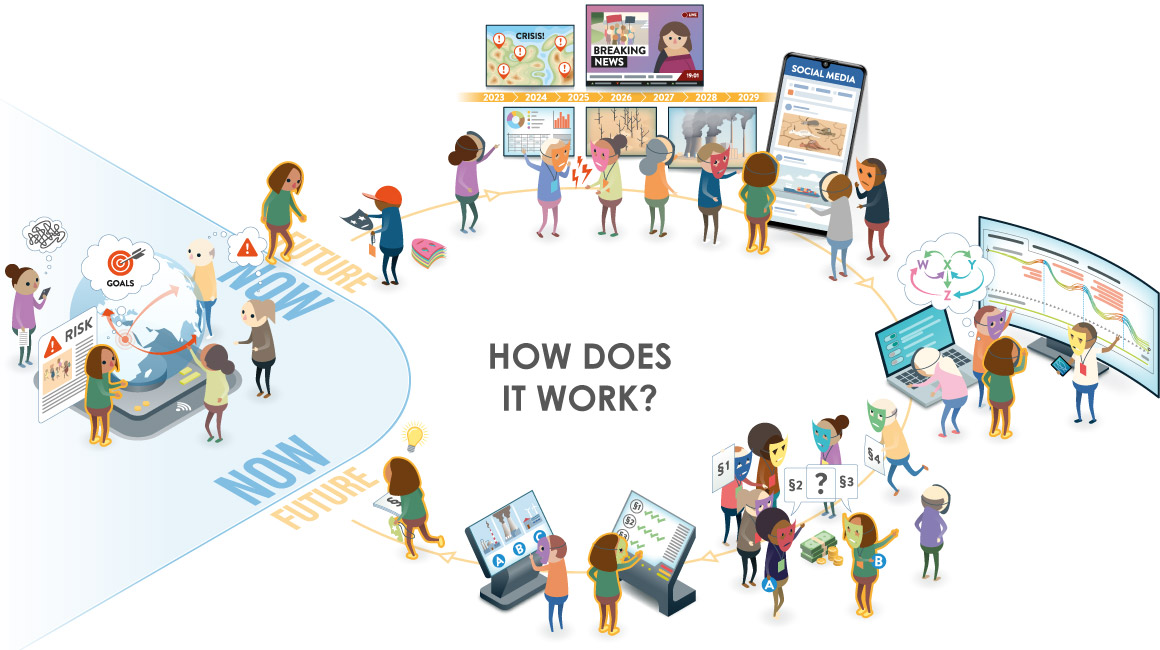
You are given a glimpse of the plausible near future of 2029. All across the European Union, labour market challenges associated with mobility transition need to be addressed.
You are invited to dive into complicated and tense policy negotiations. Your supervisor provided you with information about your role as a member of the European High-Level Task Force on Just Mobility Transition. Now, you need to deal with the negative effects of drastic policy interventions in the mobility sector. The topics of discussion include transport poverty, occupation loss or green skills shortage. These problems – and the response needed – vary from region to region, and affect a wide range of stakeholder groups.
Along with other representatives of industry associations, MNCs, NGOs, research organisations, trade unions, and political groups, you are tasked with designing policy responses to both alleviate the current crises, and prevent similar ones in the future.
But with the varied agendas, worldviews, guiding principles, and interests in the room, reaching consensus may prove complicated…
initial stories
During the early stages of simulation development, we focused on identifying a set of issues that could be effectively presented and addressed in a one-time simulation workshop. These concerns were isolated from the wide scope of materials analysed in the SEER Project research and modelling. Three exemplary scenarios were proposed.
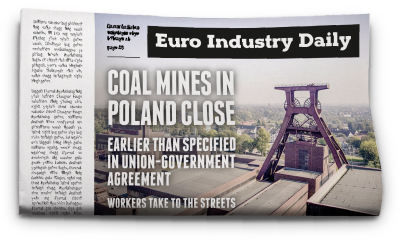
DIMINISHING WORK QUANTITY
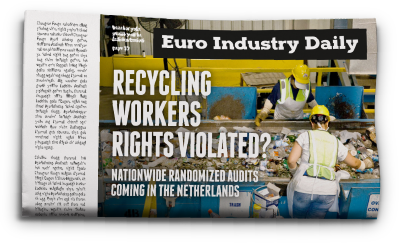
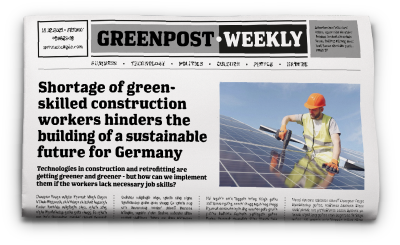
SKILL AND EMPLOYMENT GAPS IN GREEN INDUSTRIES
For each of these a short, specific event scenario was developed, and a piece of video “proto-simulation” content was produced. These were then showcased as a proof of concept for the project Advisory Board, and are available online here:

Why mobility?
European car production is one of the cornerstone industries, key to current sustainability efforts. It’s also already experiencing large-scale disruptions in pursuit of European Green Deal targets.
In order to meet them, decarbonization is not enough, Resource consumption must also be reduced. This requires a fundamental rethink of our mobility system, from personal to shared.
This prospect is linked with anxieties about potential employment loss and decreased economic activity.
The Simulation provides stakeholders with an opportunity to deepen their understanding of green transition dynamics – with the presentation of exemplary, region-based storylines, immersively showcased through the lens of EU-level policy development.
The SEER Project
The SEER (Socio-economic Effects of an European Green Deal implementation and Reform) Project aims to identify the most beneficial pathways for system change in Europe, and provide stakeholders with strong evidence for a European economic transition that leaves no-one behind.
The project consortium is composed of the core project partners: the Environmental Change Institute (ECI) at Oxford University, SYSTEMIQ, and the Centre for Systems Solutions, supported by the Center for Policy Exploration, Analysis and Simulation (PEAS) and the Club of Rome.

The first phase of the SEER project was run in 2022, funded by the SUN Foundation.
For more information on the SEER project and its tools, visit:
Special Thanks
We express our gratitude to the SEER Project Advisory Board, particularly to László Andor, Janez Potočnik and Sandrine Dixson-Declève.
Their enthusiasm and insights guided the development and final shape of the Just Mobility Transition Simulation.
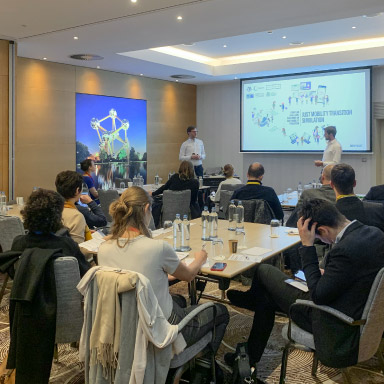

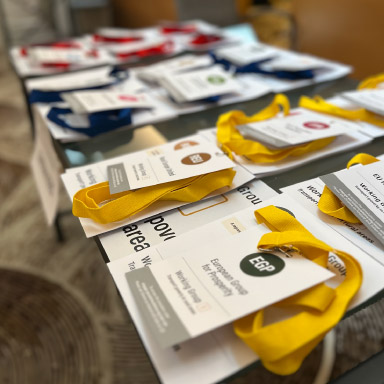

Simulation Applications
The Just Mobility Transition Simulation is a narrative-oriented multimedia experience that allows participants to explore System Change through interactive co-creation of future pathways at the cross-section of green mobility transitions and regional EU labour markets.
It works in conjunction with a Workforce System Dynamics Model – a SEER-developed tool used to assess the impacts of different European Green Deal policies on the EU labour market. Documentation on the Model can be downloaded here:
The Just Mobility Transition Simulation prototype was showcased for the first time in a stakeholder workshop held in Brussels on the 1st of December 2022. It was the first wide dissemination event in the SEER Project.
Participants represented different departments of the European Commission (DG Employment and DG Growth in particular) as well as Unions organisation, researchers, and consultants.
The Simulation tool can be further developed to support European and regional-level discussions, as well as more problem-oriented approaches. It opens a very attractive window of opportunity for policy-makers – an outlook that is quantitative, qualitative and supports impactful decisions.

As stakeholder engagement tools, Policy Simulations…
Allow participants to explore system change by interactive co-creation of future pathways
Support understanding of the systemic interconnections between environmental, economic, social, and political issues affecting the green transition
Provide insight into policy resistance – an understanding of the obstacles to system change and how to overcome them
Help participants with different backgrounds and worldviews to find a common ground and co-develop inclusive policy solutions
Combine tackling serious and urgent problems combined with engagement and fun
The Policy Simulation as part of the SEER TOOL-suite…
Provides attractive and understandable representation of complex sustainability problems
Offers an engaging and interactive environment for stakeholder dialogue
Elicits new policy propositions that can be later simulated by the Sustainable Development Model
Testimonials
designers
Simulation design
Simulation co-design
RESEARCH, NARRATIVES & TEXTS
GRAPHICS
VIDEO EDITING
SOFTWARE
piotr magnuszewski, katarzyna szewczyk
noam obermeister & members of the systemiq team:
Janez Potočnik, Matthias Ballweg, Milan Petit, Anna-Maria Balntas, Charlotte Brehm, Denis Yusein, Elena Georgarakis, Henry Gilks, Isabella Wedl, Leonhard Teichert, Maike Becker, Shajeeshan Lingeswaran
Paolo Campo, Piotr Magnuszewski, Noam Obermeister, Natalia Rudiak, Aleksandra Solińska-Nowak, Katarzyna Szewczyk & members of the SYSTEMIQ Team
Bartosz Naprawa
Anna Koch
władysław zołoto
CONTACT us
The simulation was developed in the SEER (Socio-economic Effects of an EGD implementation and Reform) Project, in collaboration with project partners. The first phase of the SEER project, run in 2022, was funded by the SUN Foundation.


